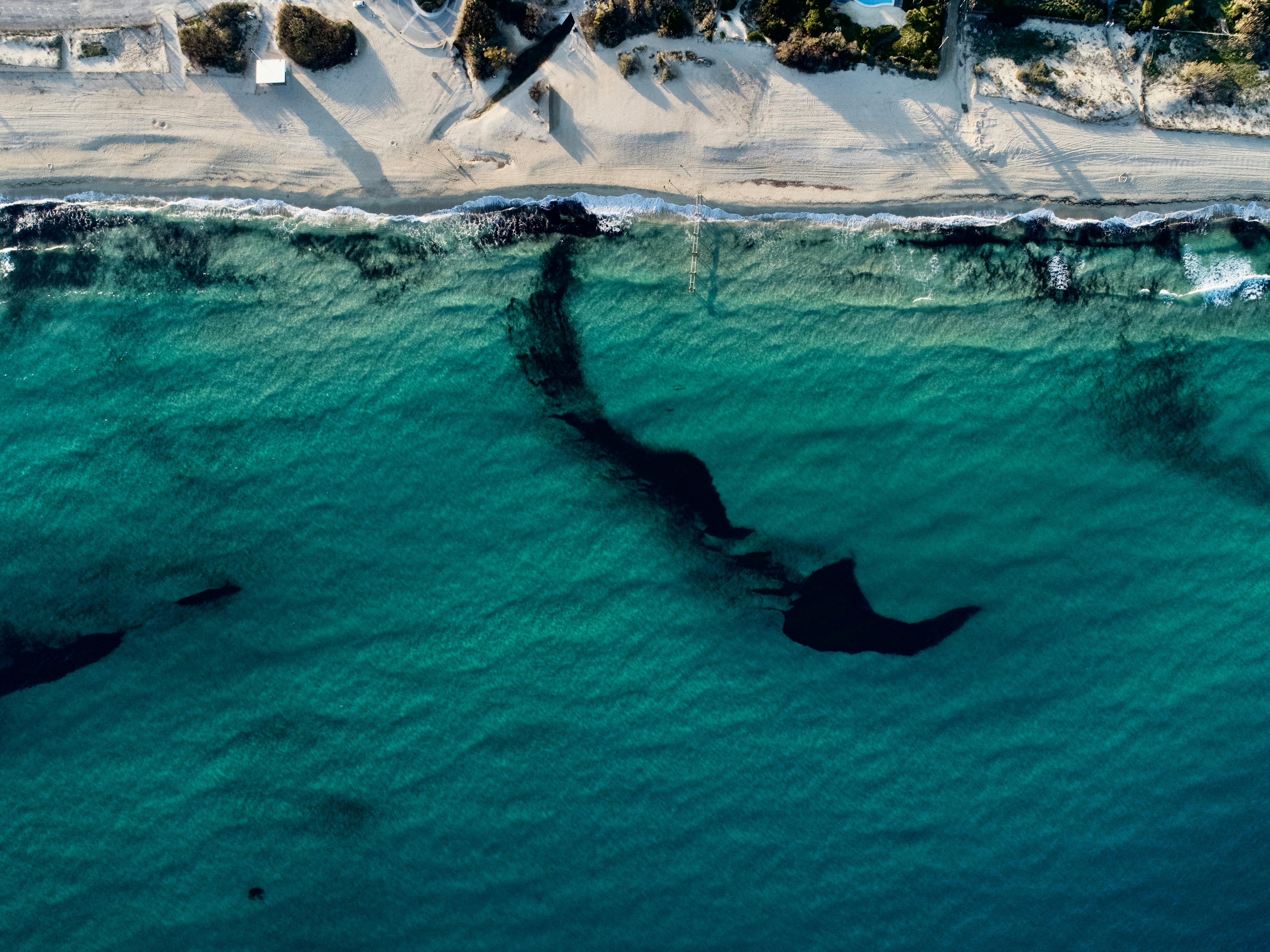
The south and southeast regions of Jeju Island, especially Namwon-eup, showed the highest incidence of scrub typhus. Regardless of their job, 87% of the patients had a history of either working outdoors or of other activities before developing scrub typhus. RESULTS The median age of the patients was 58-years-old (range, 8 to 91) and 43% of them worked in the agricultural, forestry or livestock industry. The patients’ personal data and the environmental factors that might be related to scrub typhus were investigated and retrospectively analyzed. METHODS From January 2011 to December 2016, 446 patients were diagnosed with scrub typhus on Jeju Island. This study aimed to identify epidemiologic characteristics of scrub typhus on Jeju Island. Jeju Island is the largest island in South Korea and has a distinctive oceanic climate. OBJECTIVES Scrub typhus is the most common febrile disease in Korea during the autumn. PMID:29118640Įpidemiologic characteristics of scrub typhus on Jeju Island Thirty-nine species were classified as tropical, 26 as temperate and 11 as subtropical. The major families in terms of species were the Gobiidae (11 species), Pomacentridae (8 species), Blenniidae (6 species), and Labridae (5 species). Kwun, Hyuck Joon Park, Jinsoon Kim, Hye Seon Kim, Ju-Hee Park, Hyo-SeonĪbstract Seventy-six species of fishes, representing 60 genera and 34 families, were recorded from tidal pools on Jeju Island, southern Korea. The detail water resource analysis study using modeling and site observation with high precision for Jeju Island water resources is expected to become the foundation for efficient usage and security of water resources against future climate changes.Ĭhecklist of the tidal pool fishes of Jeju Island, Korea This study utilizes the ADCP (Acoustic Doppler Current Profiler) hydrometer to regularly observe the flow amount of base run-off stream, and the water resources of base discharge basin of Jeju Island were analyzed using the SWAT (Soil & Water Assessment Tool) model.

As for some streams, however, springwater is discharged at a point near the downstream of the final discharge to maintain the flow of the stream this has been developed as the source for water supply since the past, but the studies on detail observations and analysis are yet inadequate. Jeju Island is a volcanic island located at the southernmost of Korea, and is the heaviest raining area in Korea, but due to its hydrological / geological characteristics different from those of inland areas, most streams are of the dry form, and it relies on groundwater for water resources.

Analysis of the Water Resources on Baseflow River Basin in Jeju Island, Korea


 0 kommentar(er)
0 kommentar(er)
